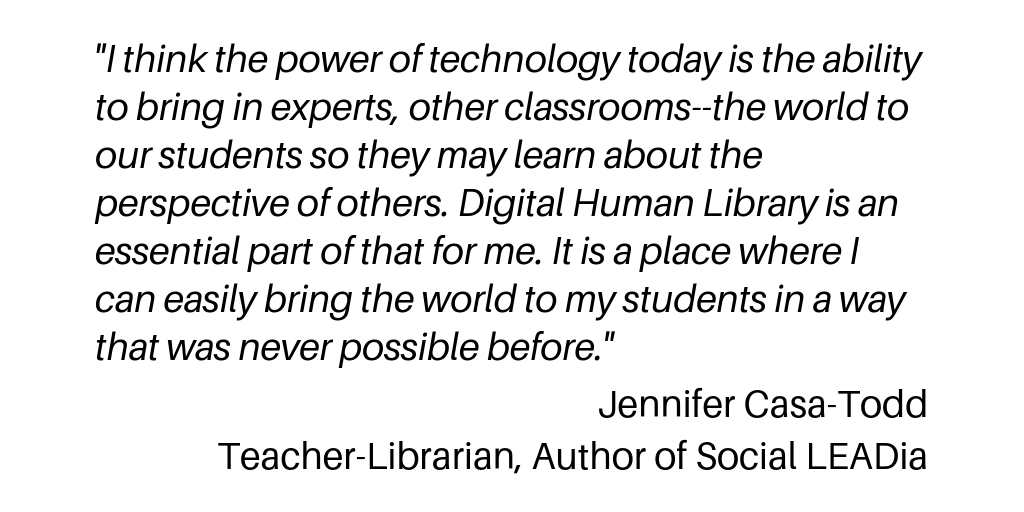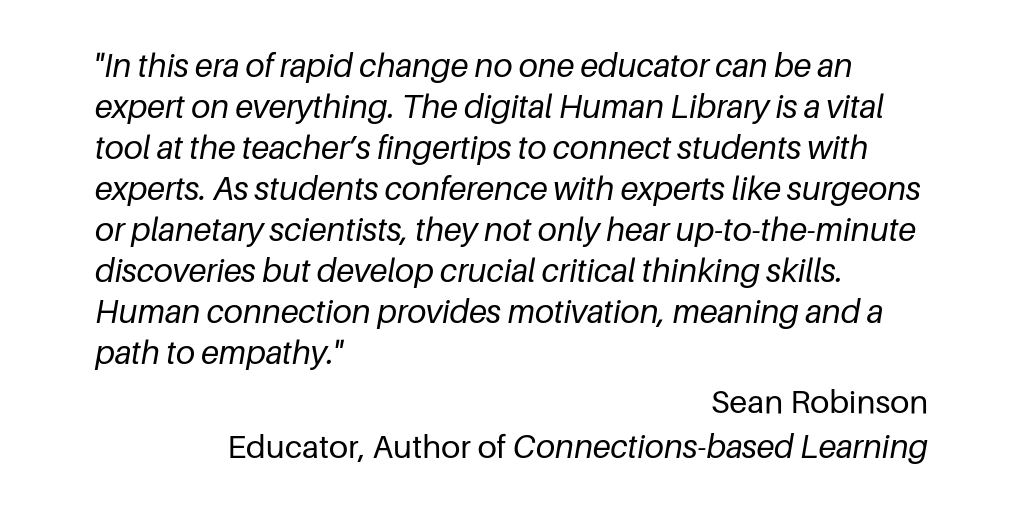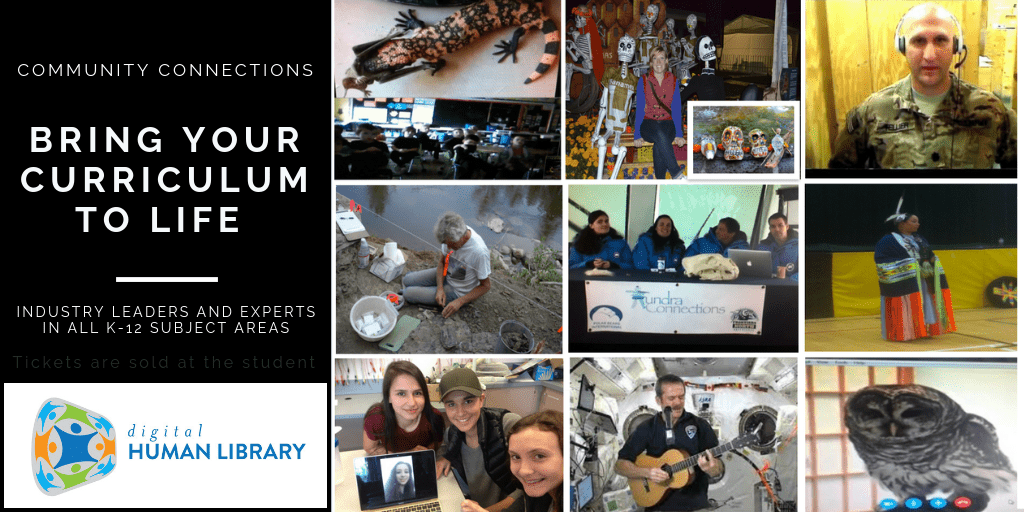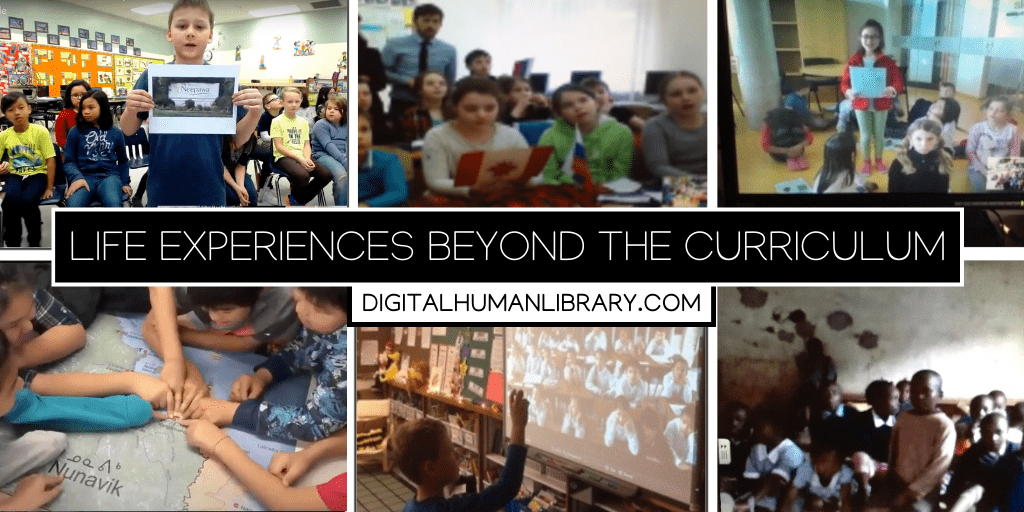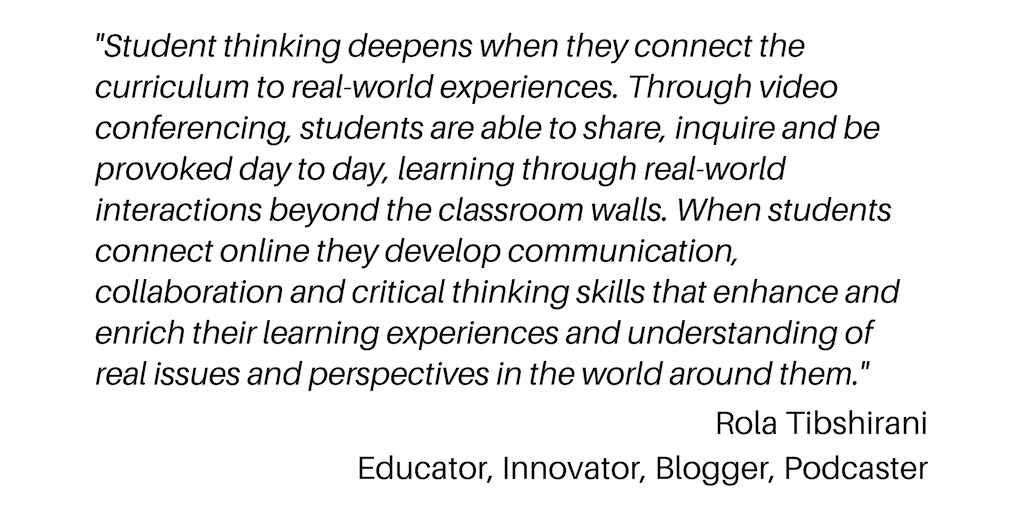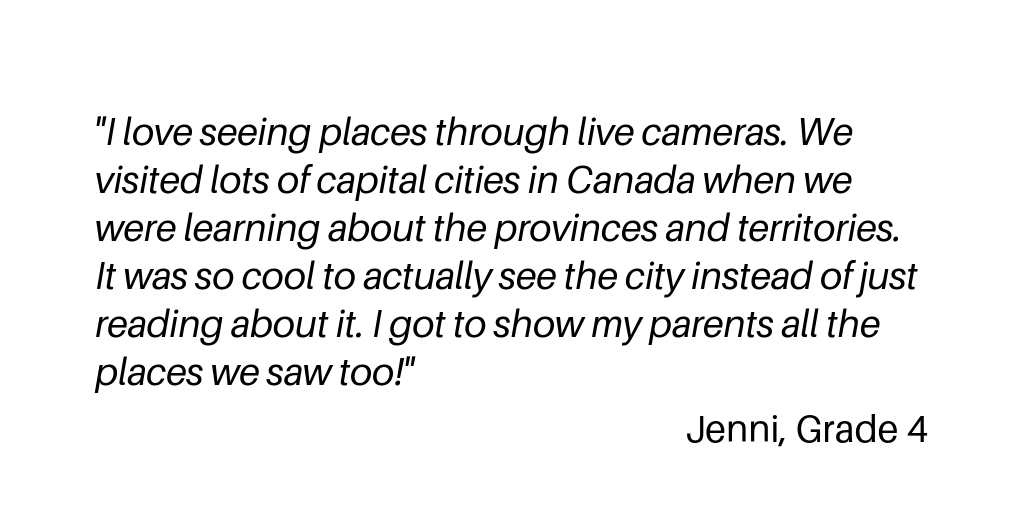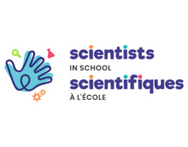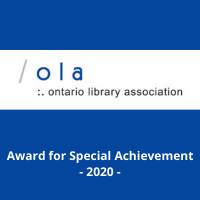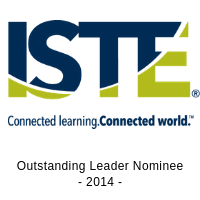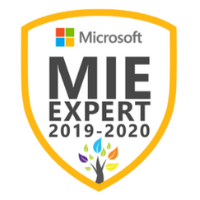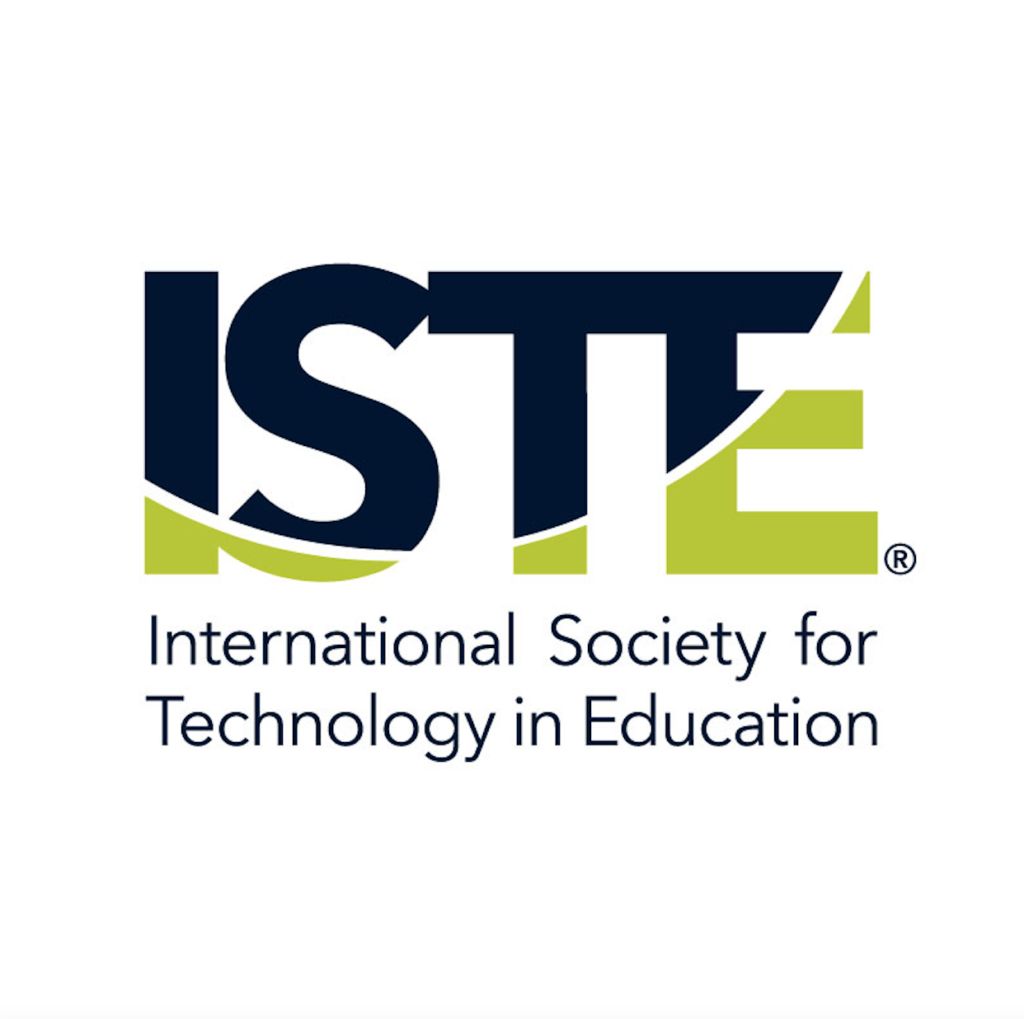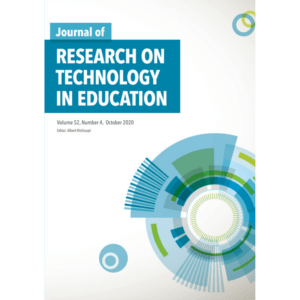Each class comes with a unique set of challenges and addressing these requires some experimentation. Here are a few of the most successful and respected teaching methods practiced today that can help you help your students achieve success in your next generation learning classroom.
Inquiry-Based Learning
« Question everything, » Albert Einstein proclaimed, though he’d probably never tried to manage a classroom of first graders where the word « why » echoes off the white boards every 10-15 seconds.
« Why » is a very important question in the learning environment. One method that has proved effective is Inquiry-Based Learning (IBL).
IBL is a teaching style that focuses on students solving proposed problems in meaningful and personal ways. Compared to a traditional lecture-based class format where students focus more on the answers, IBL encourages students to narrow in on the process of asking deep thinking questions. As students pose questions they work to make sense of the process required to find the answers.
Teachers should provide concrete, real-world examples to demonstrate the BIG idea, then allow the students to work independently and collaboratively to solve the proposed problem. The intended result is that students will make intuitive or global observations about the assigned subject, then use deductive reasoning to provide answers.
Flipped Classroom
One of the most challenging problems you will face as a new teacher at any grade level is the wide spectrum of skill and competency among your students. You will have an unbelievably advanced student seated right next to a child with exceptionalities, but you are still expected to provide quality education to each, and to ensure that every student has mastered the competencies of that inquiry before moving forward. In theory, this sounds next to impossible, but teachers are also magicians. We make the impossible a reality.
Flipped Classroom learning is a concept that bases time spent in class on individual student needs. In short, it is « flipped » because the instruction does not occur during class time as it would in a conventional classroom. The students receive the lesson outside of class, either via video, presentation or reading, and then the class time is spent completing « homework » or activities that require students to apply what they learned with direct teacher support.
The outside lessons can be viewed as many times as necessary, so students who may need to revisit/ review the material more than once have the ability to do so. When this pedagogy works, students come to class prepared and ready to apply their new learning. The classroom becomes a dynamic and adaptable environment where the teacher works more as a facilitator or activator of learning and can engage different students on different levels based on needs and understanding.
Mobile Learning in 1:1 Environments
A 1:1 Learning Environment embraces use of technology in the classroom. The school selects a specific device, then issues the device to students and educators. Everyone uses the same device and all are equipped with the same software and features, so maintaining and managing them is fairly simple. The class instruction and activities are designed around the use of these tools.
This model requires districts to shell out a sizeable sum for startup and maintenance. If your school isn’t equipped to take on such a feat, you can still use the 1:1 concept through BYOD (Bring Your Own Device) pedagogy, where students can use their personal devices for classroom use. However, you have to be inclusive, and though it certainly seems like it, not every student is sure to own a mobile device. If this is the case, students can perform tasks and activities in groups.
Nothing can fully prepare you for the unpredictable, ever-changing, but always rewarding work of a teacher. The most effective teaching style you use today might not be the best one for your class next year. To survive in the world of education, teachers must learn to adapt and evolve. So why not try on some new styles and see how they fit. Your own style of teaching will come to light with time, patience and practice.
This post is also available in: English (Anglais)



